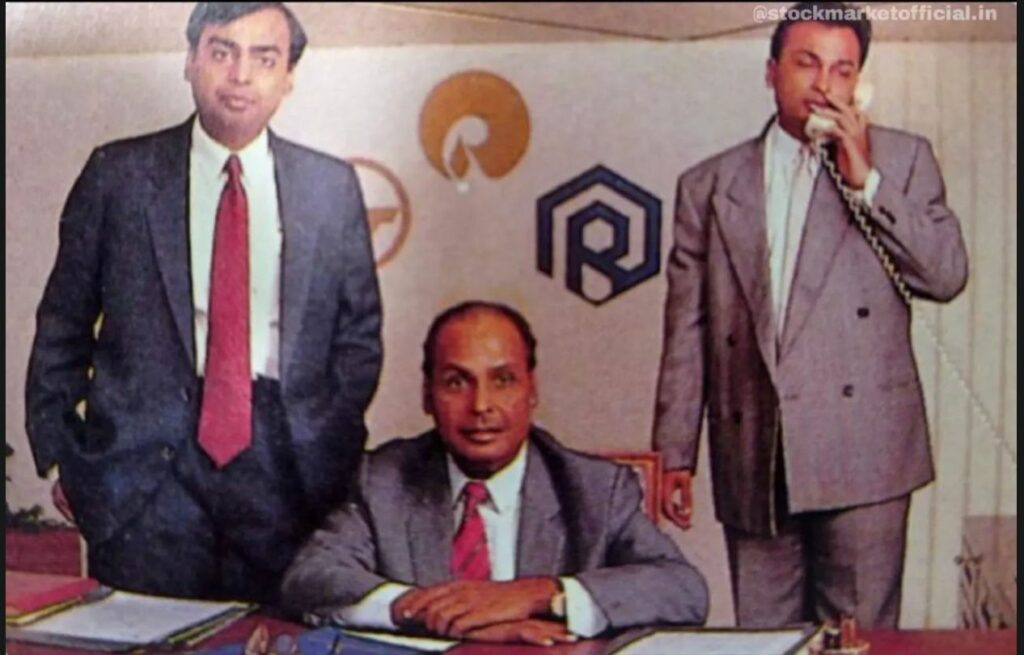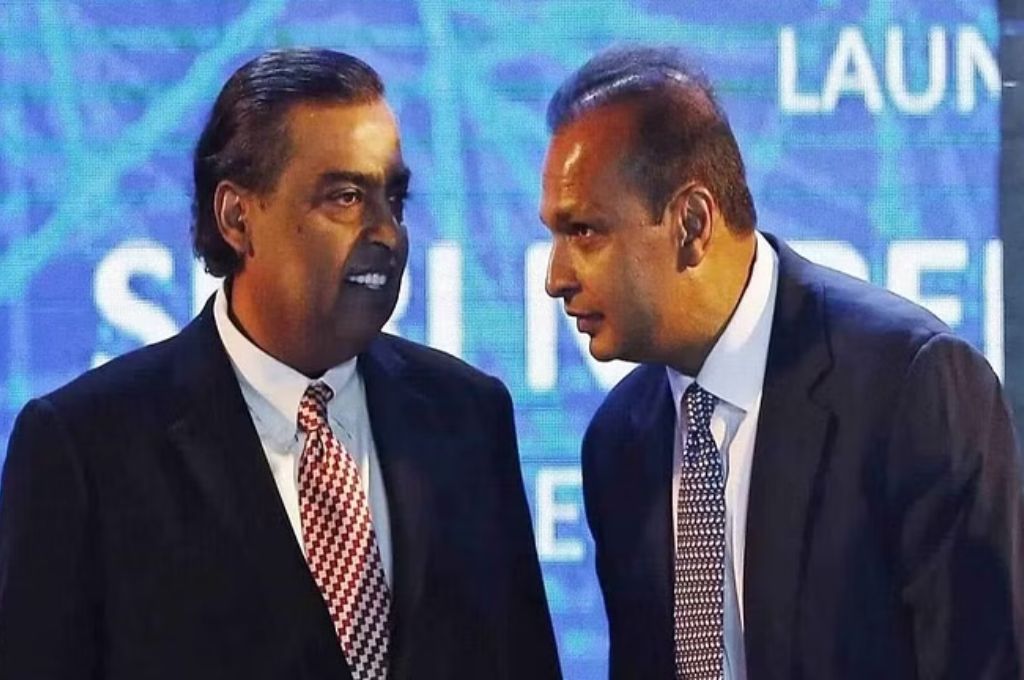Welcome to our exciting new series, “Falling Giants: Bankruptcy Uncovered“. In this journey, we’ll be looking at big companies that had lots of money and power but still ended up in a financial mess called bankruptcy. It’s like a detective story where we try to figure out what went wrong, who was affected, and what we can learn to avoid such troubles in the future.
Our second episode, titled “The Downfall of Anil Ambani’s Reliance Communication,” explores the dramatic shift in the fortunes of Anil Ambani, once one of the world’s wealthiest individuals. This episode delves into the meteoric rise of his telecom venture, its inability to adapt to the changing technological landscape and the eventual, shocking bankruptcy that marked a tragic end to what was once a promising business empire.
From Prosperity to Bankruptcy: A Tale of Two Brothers
The journey from riches to rags is a tale not often told in the corporate world. Anil Ambani, once considered one of the wealthiest people globally, presents a classic case study of such a transition. The once-flourishing Ambani empire, built by patriarch Dhirubhai Ambani, saw an unprecedented twist of fate following his demise.
Building the Empire
Dhirubhai Ambani, the founder of Reliance Industries, had two sons, Anil and Mukesh. Mukesh, the introvert, preferred to work behind the scenes, managing the company’s internal operations. Conversely, Anil relished the limelight, managing external affairs, networking with Bollywood celebrities and politicians. Together, the brothers steered the empire with unwavering determination and unparalleled success.

However, the sudden demise of their father, Dhirubhai, in July 2002, sent shockwaves through the business world. The aftermath exposed a critical oversight in Dhirubhai’s succession planning—his failure to divide his empire between his sons before his death.
The Fallout: Division of Assets
In the wake of their father’s death, the brothers’ disagreements began to surface. Their mother, Kokilaben, had to intervene and divide the business. Mukesh got older companies like Reliance Industries, Reliance Petroleum, and Reliance Infrastructure, while Anil received growing companies like Reliance Communication, Reliance Capital, and Reliance Broadcast Network.
In this division, an agreement was also made that neither brother would enter the other’s fields for the next decade. This agreement would play a significant role in the ensuing downfall of Anil Ambani’s ventures.
The Meteoric Rise: Anil Ambani’s Early Success
Anil Ambani’s influence in the business world was so profound that the 2008 Initial Public Offering (IPO) of Reliance Power was subscribed in less than 60 seconds—a record in the Indian capital market. To expand his business, Anil made significant investments, most notably in Reliance Communication, introducing 3G technology, making it the telecom industry’s kingpin from 2006 to 2010.
The Downfall: The Change in Technology and Entry of Jio
Unfortunately, Anil’s telecom business, built on CDMA technology, did not support 4G. As technology advanced, Reliance Communication began to lag behind GSM-based companies. The fatal blow, however, came when Mukesh Ambani entered the market with Jio 4G in 2017, after the expiration of their decade-long agreement.
Also read: Falling Giants: Bankruptcy Uncovered – The Turbulent Journey of Jet Airways
The Bankruptcy: End of an Era
Facing an onslaught of competition from Jio and other telecom companies, and already in a precarious position, Reliance Communication filed for bankruptcy in February 2019. The National Company Law Tribunal (NCLT) approved a resolution plan a year later, in March 2020, with UV Asset Reconstruction Company stepping up to acquire RCom’s assets. However, the bankruptcy process took four years and saw an erosion of massive wealth, leaving RCom’s creditors with a colossal debt of ₹860 billion ($12 billion in 2023).
Lessons Learned: A Cautionary Tale
The rise and fall of Anil Ambani’s Reliance Communication serves as a stern reminder of the dangers that come with the burden of high debt. It underscores the ruthless nature of the telecom industry and the precariousness of corporate fortunes, making it a landmark case in India’s corporate annals. The cautionary tale urges companies, especially in the telecom sector, to navigate their financial seas with greater prudence.
















